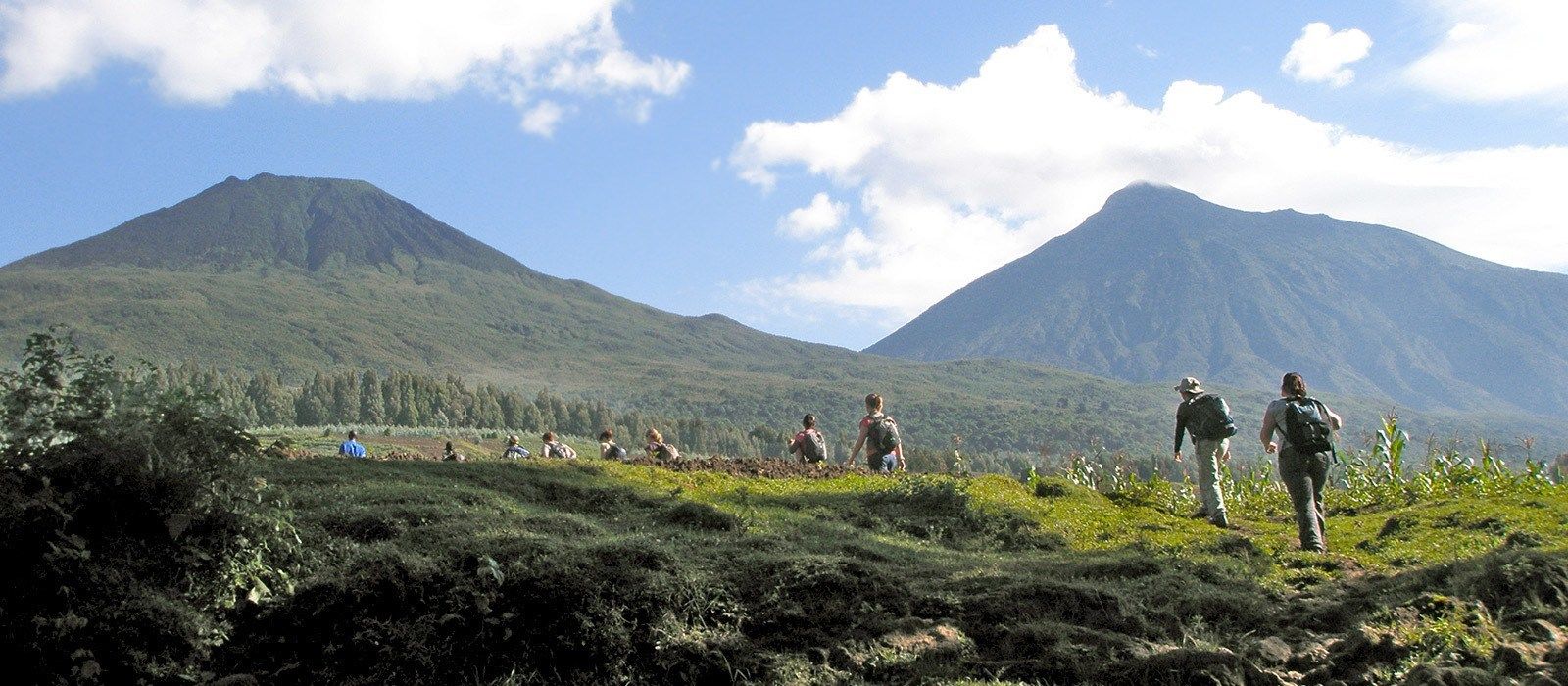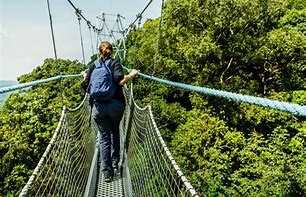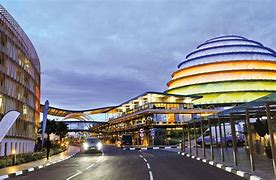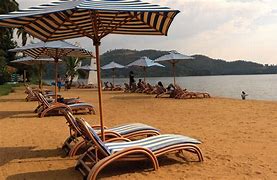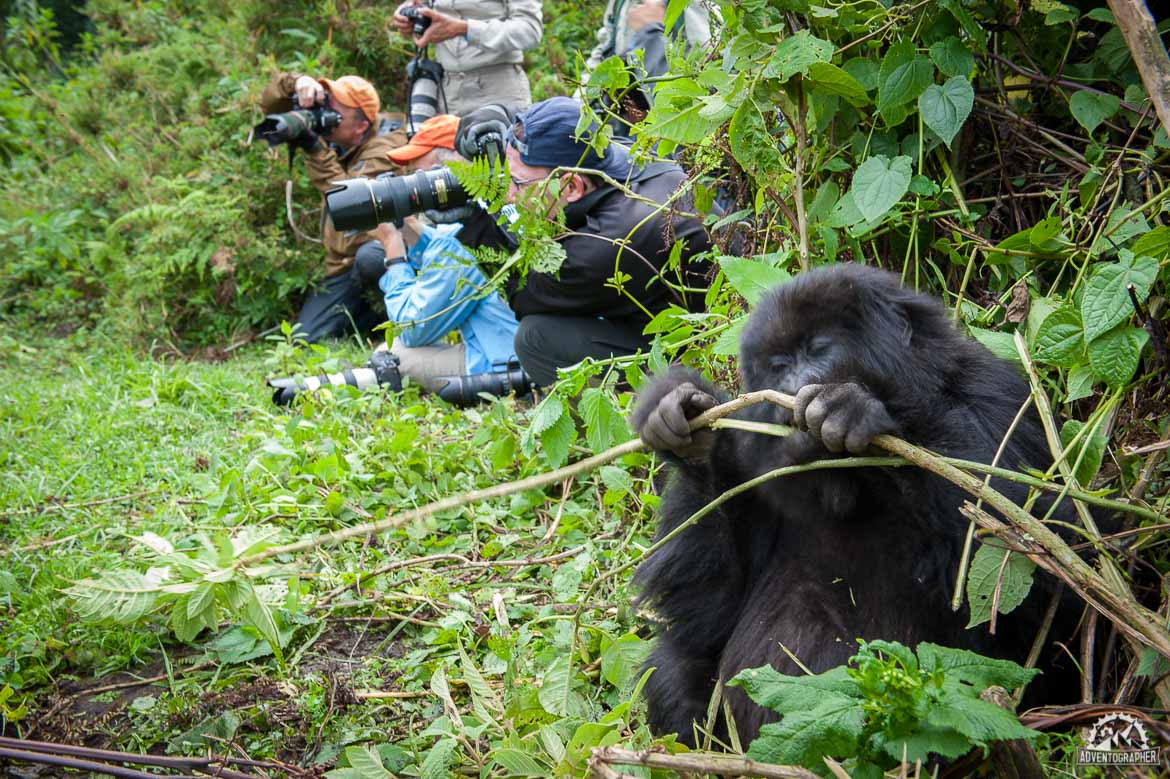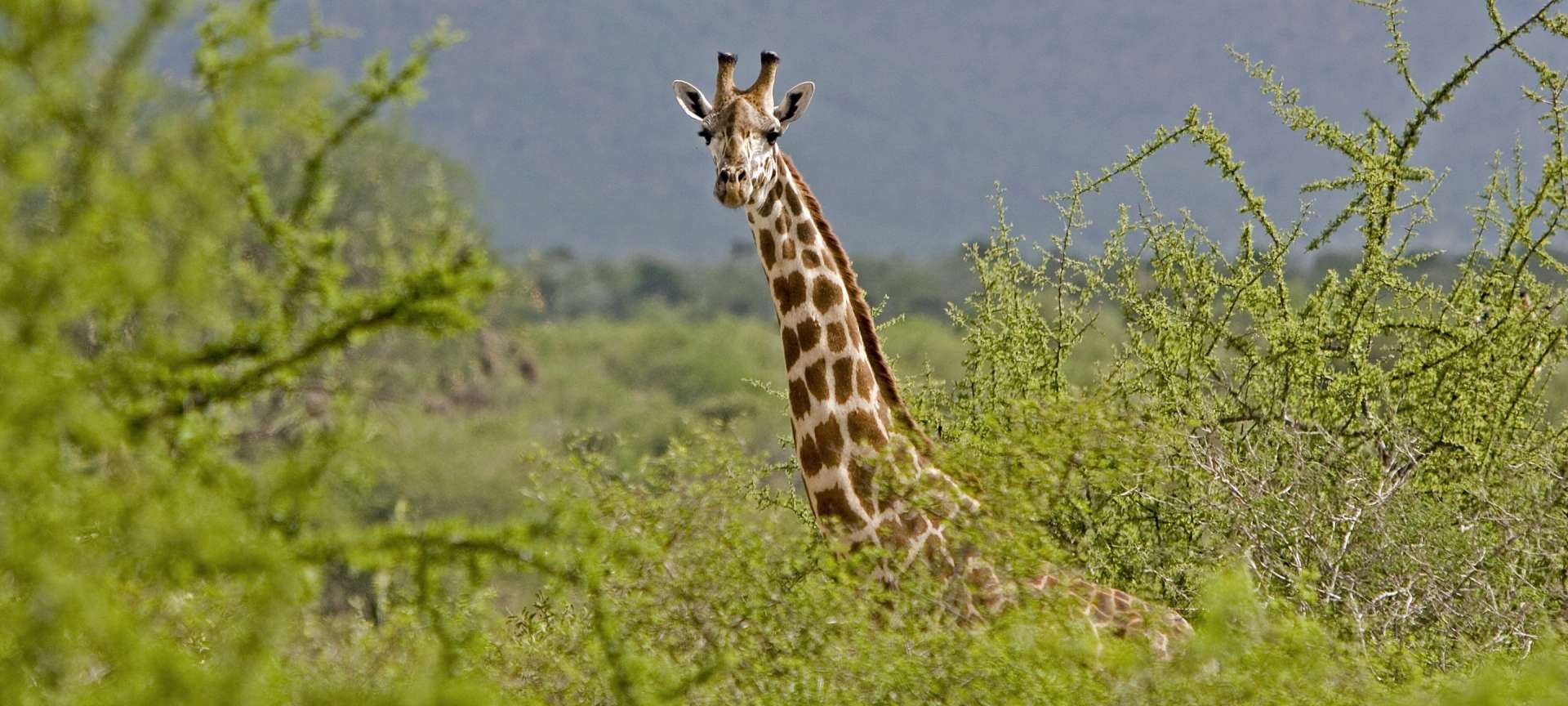
Akagera national park is Located in the north east of Rwanda along the border with Tanzania, Akagera National Park was founded in 1934 making it one of the oldest national parks in Rwanda. It now sits on 1,122sqkm following a recent reduction of its original size of 2,500sqkm which was about 10% surface area of Rwanda. This happened in the late 1990s when refugees from Rwanda’s civil war returned and settled on part of the park. This caused harm to the environment through poaching and cattle grazing. In order to protect the remaining wild in Akagera, the government of Rwanda consequently reduced the park by half thereby protecting the park on one side and leaving the rest to the new residents to start a new.
The park derives its name from the meandering Akagera River which flows along the eastern border of the park feeding into a network of lakes with Lake Ihema being the largest. The collection of swamps, savannah plains, papyrus, forest fringed lakes as well as unfolding highlands merge to make Akagera one of the most charming reserves you will find in Africa. Forming the largest protected wetland in central Arica, Akagera national park has outstanding levels of biodiversity.
What you see today has been the effort of the conservation organization of the African parks who manage the park. They have put in place new perimeter fences as well as anti poaching measures in a bid to protect these animals from extinction and this can evidently be seen in the animal population that has greatly multiplied since then.
Wildlife at Akagera national park
Wildlife here has significantly increased over the recent years and 8000 large animals are estimated to be living in the park as of today. In late 2013, a perimeter fence was finally hoisted and this has also added to the numbers of the wildlife in the park as they are protected from selfish poachers.
Akagera combines perfectly with Volcanoes National Park and Nyungwe national park to offer a great and exciting safari element as huge plains of game species as well as species constrained to the papyrus swamps such as the sought-after Shoebill Stork and the Sitatunga call this home. Remarkable numbers of game include buffalo, zebra, elephant, topi, eland(the world’s largest antelope), roan antelope and waterbuck. Other antelope species are bohor reedbuck, duiker, the secretive bushbuck, the diminutive oribi klipspringer, the fine-looking chestnut-coated impala as well as the mean tsessebe. During the day you will come across primates such as vervets, olive baboons and the cautious blue monkey while the bushbabies are often seen during the night. Across Rwanda one elephant is well known having been semi habituated when still an infant. The 50 year old grumpy Mutware is the famous elephant that can be calm but anti social as well and this might necessitate your guide to change the course of your journey should you meet him on your drive.
Lions once a part of Akagera were long wiped out although there are plans to reintroduce them as well as the black rhino; when this happens, Akagera national park will restore its big % status just like before. The larger predators you will find here as of today are only side-striped jackal, leopard and hyena.
Hefty crocodiles drench up the sun with their enormous jaws threateningly agape by the waters as pods of over 50 hippopotami groan and seethe all day through. Magically, fish eagles tear the air duetting and affirming their status as the avian royals of the Africa’s waterways.
Birdlife at Akagera National park
Over 480 birds can be found here at Akagera and these are attracted by the richly diverse yet gorgeous habitat. Dense populations of water birds are found lining the lakes as the rare and endangered but delicate papyrus gonolek and the crazy shoebill stork connect the marshes. To have a sneak pick at these water birds, short boat trips are available on the lakes and here you will get the opportunity to come close and personal with some of them for example crowned cranes, open billed stork, African fish eagles, egrets, cormorants, marabou storks, herons and once in a while the indescribable shoebill stork.
Several endemic species like the red faced barbet as well as savannah raptors and birds are common here.
A safari to Akagera national park
Akagera National park is only 2 – 3 hours away from Kigali by road therefore it is possible to visit the park in a day and go back though we advise our guests to stay for a day or two on the park in order to enjoy every bit of the park. You will enter the park via Kiyonza gate which is in the south. This is close to the park’s headquarters. Nyungwe gate in the north is used only for exiting the park.
Activities that can be done at Akagera national park
Game drives
A game dive to the park is such a rewarding experience which you should be a part of one time. During the game drive on well defined tracks, you will see a profusion of animals like, buffalo, hippos, zebra, elephants, bushbaby, crocodiles and so many other mammal species. On rare occasions, you will come across leopards. Lowland swamps and water bodies together with the varied savannah plains of the park merge to give you a very scenic view during your game drive.
Bird safaris
After Nyungwe national park, Akagera park is the main imperative ornithological site in Rwanda. If you are in love with bird watching, morning and evening safaris available at Akagera just come in handy giving you the opportunity to see a collection of pretty species of birds. Boat trips make bird watching even better as you come in close with these birds. These include the beautiful lilac breasted roller, grey hornbill, heuglin’s robin-chat, ross’s turaco, crowned cranes, open billed stork, African fish eagles, egrets, cormorants, marabou storks, herons and once in a while the indescribable shoebill stork.
Don’t dare miss a trip at Akagera national park. See you there!
